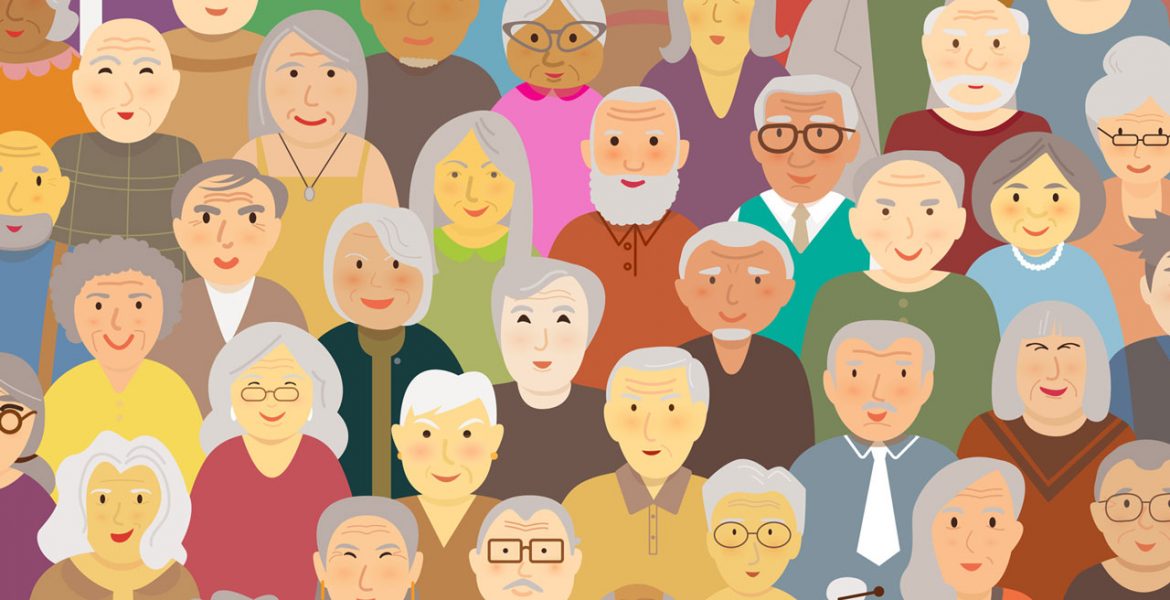On September 24, AARP and Getty Images launched The Disrupt Aging® Collection, visual content that can help brands worldwide begin to combat ageist stereotypes, while simultaneously changing the way we depict aging in media and advertising.
For Getty Images, it’s a natural and important continuation of our mission to move the world with images, as also exemplified by our ongoing work with Unilever and Dove on Project #ShowUs, and our work with Verizon Media and the NDLA on The Disability Collection. These are not static efforts, but ongoing commitments to change the way real people are depicted in imagery and videography—essentially, to heighten efforts toward improving visual representation.
Our latest venture with AARP is simply the next phase of our ongoing efforts toward changing perceptions and influencing modern marketing—all work of which I am extremely proud that we’re leading the charge. But, collections of imagery and videography shouldn’t be the only things leading the change… they should follow real change that should begin in the workplace. Or better yet, they should be an actual authentic reflection of what is happening in the workplace.
Some statistics from a recent study completed by AARP highlight how truly widespread the issues:
- 80% of people 50+ say that marketers assume their lifestyle is based on stereotypes*
- 69% of people 50+ feel media images are ageist*
- 69% of people 50+ feel people their age is under-represented in media imagery*
I heard these statistics on stage at Advertising Week New York, and then heard a panelist state something along the lines that although “Ageism is an ‘ism,’ we have to keep it in perspective… it’s not the most important ‘ism.’”
I couldn’t disagree more. Ageism is an “ism” that cuts across all others—I’m talking about older workers, often highly trained, educated experts in their own right within every gender, racial and ethnic group. Despite the fact that some need to work longer and others want to work longer, remaining in white collar roles past the age of 50 often poses a challenge. Stereotypes related to energy levels, technical abilities and even one’s ability to “fit into the workplace” abound. In fact, the suggestion that there should be greater numbers of older, experienced workers at every level may perhaps be one of the least popular things you could suggest these days, especially in the marketing field.
Over the years, I’ve noticed a pervasive belief that older workers will not “fit in” well enough or have sufficient “current” skills to keep up. Often these judgments are based on little or no evidence, or a singular experience with an older worker where these judgments were accurate. That said, I’ve consistently noticed some of the same behaviors in younger workers. Poor work habits and behaviors, limited skills and a lack of flexibility and adaptability, are not characteristics of age, but characteristics of any poor hire, at any age. We need to hire better and hold people to high standards, regardless of age. And despite what some may think, it’s often older workers who fit the requirements more completely, but we cannot see that if we cannot get past our unconscious and conscious biases.
I say all of this to offer one suggestion. If we want—even expect—a more accurate depiction of older people in our everyday marketing and media, perhaps we should start recognizing that the root cause of these kinds of biases is eerily similar to what hinders any of our broader attempts at a more accurate depiction of the world. Representation is, and always will be, key.
The solution? Pursue and continue to employ professionals in the marketing, media and creative departments who have a lot to give by virtue of their experience, behaviors, functional expertise, education, and yes, even personal characteristics—including their age.


excelente analisis en realidad no se puede generalizar. y la necesidad de mantener equipos no solo multidisciplinarios si no de diversas edades generan una dinámica excelente. Yo mantengo una distribucion generacional interesante y una dinamica muy buena.